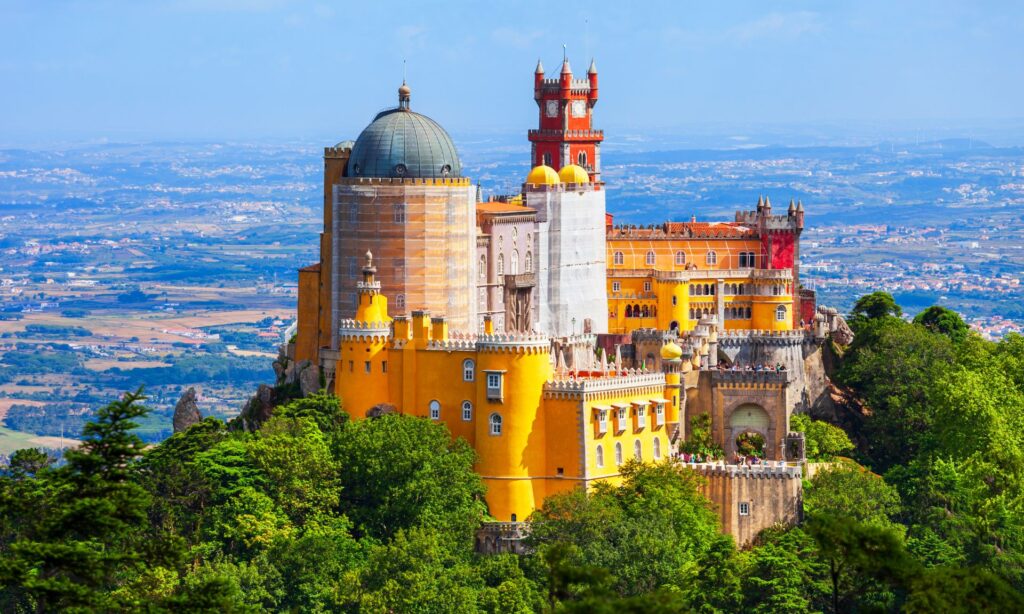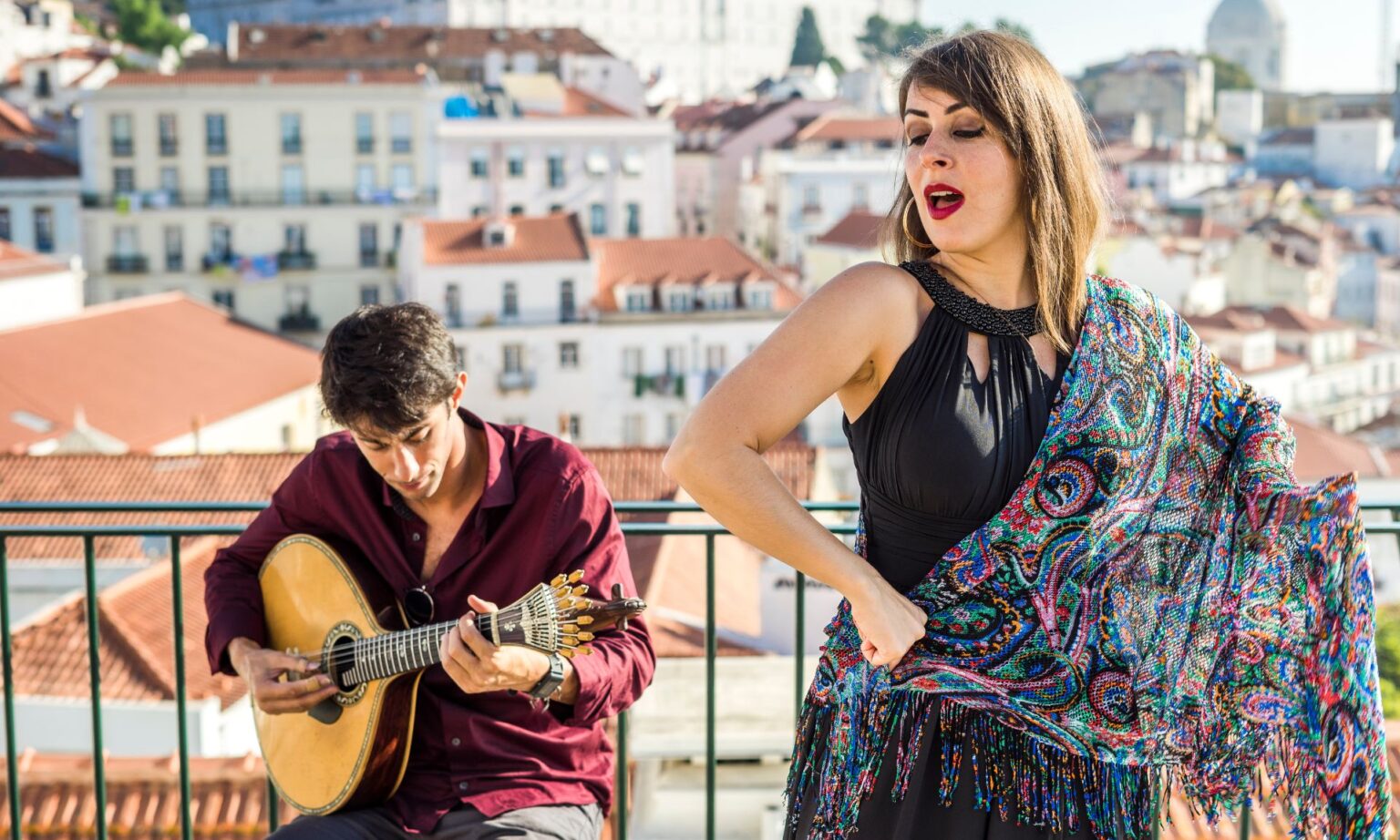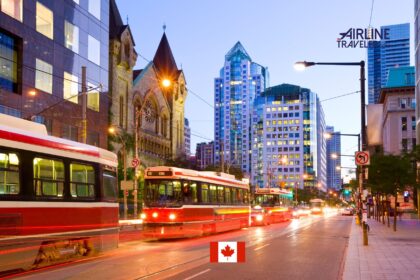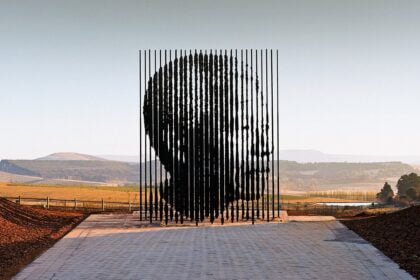Introduction
Lisbon, the picturesque capital of Portugal, is a city that seamlessly blends historic charm with a vibrant contemporary culture. Perched on the edge of the Atlantic Ocean, Lisbon captivates visitors with its stunning landscapes, historic architecture, and lively atmosphere. Whether you’re a history enthusiast, a foodie, or simply looking for a unique travel experience, Lisbon has something to offer everyone. Let’s delve into the heart of this mesmerizing city and explore the amazing things to do in Lisbon.
Explore Alfama – Lisbon’s Oldest District

Begin your journey through Lisbon by wandering through the narrow streets of Alfama, the oldest district in the city. Cobblestone streets, colorful houses, and the sounds of Fado music create a nostalgic ambiance. Don’t miss the São Jorge Castle, perched on a hilltop, offering panoramic views of the city and the Tagus River.
Visit Belém and its Historic Monuments

Head to the district of Belém, a historic area that boasts some of Lisbon’s most iconic landmarks. Marvel at the ornate architecture of the Belém Tower and visit the Jerónimos Monastery, a UNESCO World Heritage site. While in Belém, indulge in the famous Pastéis de Nata at the historic Pastéis de Belém bakery – a delightful Portuguese custard tart.
Ride the Historic Trams

Lisbon is renowned for its charming yellow trams that traverse the city’s hilly terrain. Take tram 28 for a scenic ride through many of Lisbon’s neighborhoods, passing by major landmarks such as the Cathedral and the São Jorge Castle. The nostalgic rattle of the tram provides a unique perspective on the city’s beauty.
Soak in the Views from Miradouros

Lisbon is a city of hills, and fortunately, it offers numerous viewpoints known as Miradouros. Head to Miradouro da Senhora do Monte or Miradouro da Graça for breathtaking panoramic city views. These spots are perfect for capturing the cityscape, especially during sunrise or sunset.
Embrace the Culture of Fado

Immerse yourself in Portugal’s soulful music, Fado, by visiting a traditional Fado restaurant in the Alfama district. This genre of music expresses the essence of Portuguese saudade, a deep emotional state. Enjoy a meal while listening to the melancholic yet beautiful tunes, a truly authentic Lisbon experience.
Stroll through Chiado and Bairro Alto

For a taste of Lisbon’s contemporary culture, explore the trendy neighborhoods of Chiado and Bairro Alto. These areas are filled with fashionable boutiques, vibrant street art, and a lively nightlife scene. Take a leisurely stroll, shop for unique souvenirs, and savor the local cuisine in the eclectic mix of restaurants.
READ ALSO: Best Tips for Budget-Friendly Christmas Holiday Travel
Day Trip to Sintra

While in Lisbon, consider taking a day trip to the fairytale town of Sintra, located just a short train ride away. Explore the colorful Pena Palace, wander through the enchanting gardens of Quinta da Regaleira, and marvel at the views from the Moorish Castle. Sintra is a UNESCO World Heritage site, offering a magical escape from the bustling city.
Lisbon, with its rich history, vibrant culture, and stunning landscapes, beckons travelers to explore its every corner. From the historic charm of Alfama to the contemporary allure of Chiado, Lisbon offers a diverse range of experiences. Whether you’re captivated by the sounds of Fado, indulging in pastries in Belém, or enjoying panoramic views from the city’s Miradouros, Lisbon promises an unforgettable journey through Portugal’s captivating capital.
Frequently Asked Questions
1. What is the currency in Lisbon, Portugal?
The official currency in Lisbon, as well as the rest of Portugal, is the Euro (€).
2. What is the best time to visit Lisbon?
The best time to visit Lisbon is during the spring (April to June) and fall (September to October) when the weather is mild, and tourist crowds are relatively smaller. The city experiences a Mediterranean climate with hot summers and mild winters.
3. How do I get around in Lisbon?
Lisbon has an efficient public transportation system, including buses, trams, and the metro. Taxis and rideshare services are also readily available. Many areas in the city are pedestrian-friendly, making it easy to explore on foot.
4. Are credit cards widely accepted in Lisbon?
Yes, credit cards are widely accepted in Lisbon, especially in hotels, restaurants, and larger establishments. However, it’s advisable to carry some cash for smaller shops and local markets.
5. What language is spoken in Lisbon?
The official language of Lisbon, and Portugal as a whole, is Portuguese. English is commonly spoken in tourist areas, hotels, and restaurants.
6. Is tap water safe to drink in Lisbon?
Yes, tap water in Lisbon is safe to drink. Portugal has high-quality drinking water standards, and tap water is generally of good quality throughout the country.
7. What are the must-try dishes in Lisbon?
Some of the must-try dishes in Lisbon include Bacalhau à Brás (salted cod), Pastéis de Nata (custard tarts), Caldo Verde (green soup), and Bifana (pork sandwich). Seafood lovers will also enjoy the variety of fresh fish and seafood available.
8. Are there any safety concerns for tourists in Lisbon?
Lisbon is generally considered a safe city for tourists. However, it’s advisable to take standard safety precautions, such as keeping an eye on belongings in crowded areas and avoiding poorly lit areas at night.
9. What cultural events or festivals take place in Lisbon?
Lisbon hosts various cultural events and festivals throughout the year. The Santo António Festival in June is particularly famous, featuring lively street parties, music, and traditional processions. The Lisbon Film Festival and Lisbon Fashion Week are also notable events.
10. How far is Sintra from Lisbon, and is it worth visiting?
Sintra is approximately 30 kilometers (18 miles) from Lisbon, and it’s definitely worth visiting. The town is known for its stunning palaces, including the colorful Pena Palace, and lush gardens. It’s a UNESCO World Heritage site and can be easily reached by train from Lisbon.
Conclusion
In conclusion, Lisbon stands as a captivating destination that seamlessly weaves together its rich history, vibrant culture, and breathtaking landscapes. From the winding streets of Alfama to the trendy neighborhoods of Chiado and Bairro Alto, the city offers a diverse tapestry of experiences for every traveler.
The historic monuments of Belém, the soulful tunes of Fado in Alfama, and the panoramic views from the Miradouros all contribute to the unique charm of Lisbon. The city’s blend of tradition and modernity, showcased in its architecture, cuisine, and lively atmosphere, creates an atmosphere that is both nostalgic and contemporary.
Whether you’re indulging in the local delicacies like Pastéis de Nata, riding the iconic yellow trams, or taking a day trip to the enchanting town of Sintra, Lisbon ensures a journey filled with unforgettable moments.
In every corner of this coastal capital, Lisbon invites exploration and promises a travel experience that leaves a lasting imprint. With its welcoming locals, picturesque scenery, and a myriad of cultural delights, Lisbon is more than just a destination—it’s an immersion into the heart and soul of Portugal. As you navigate the cobbled streets, savor the flavors, and absorb the rich history, Lisbon unfolds as a city that beckons you to uncover its secrets, ensuring that each visit is a new chapter in an ever-evolving love affair with this enchanting capital.
In another related article, A Guide to Traveling from the US to Krakow: Requirements and Ways to Go






